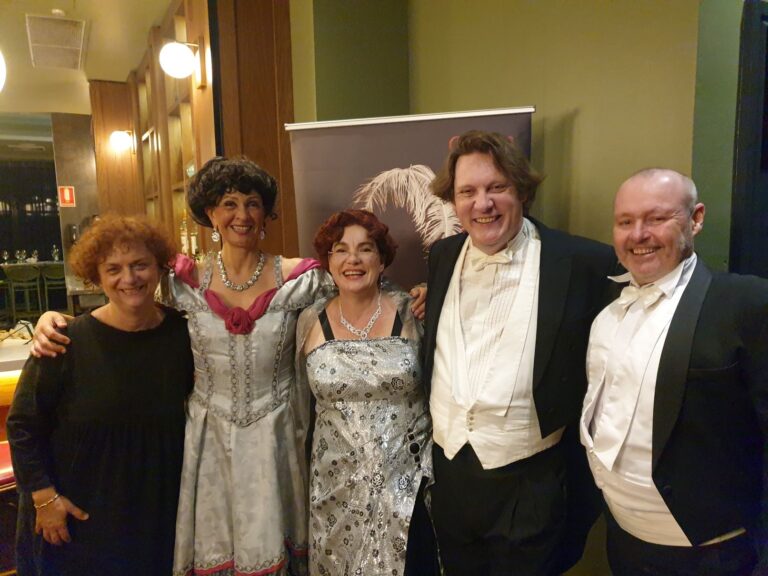
Centennial Park welcomes bat refugees
Officials at Centennial Park are working on a plan to accommodate thousands of grey-headed flying foxes that have taken up residence in the park.
City of Sydney Councillor Irene Doutney – a longtime advocate for native wildlife – says the flying foxes, which were driven out of the Royal Botanic Gardens last year, are being welcomed by the Centennial Parklands Foundation.
The Greens councillor says the attitude of the foundation is a welcome counterpoint to that of the Royal Botanic Gardens and Domain Trust, which drove out the bats by playing recorded industrial noise, with the approval of state and federal authorities.
“The bats were driven out of the gardens because of the damage they were causing to heritage trees,” said Ms Doutney, who had advocated a plan of management instead of dispersal.
“Most of them have resettled in Centennial Park or at Wolli Creek, and there’s been some concern that Centennial Park would also drive them out.
“But it seems the bats have become a park attraction and I’m pleased to hear that park authorities want to work with the bats rather than move them on,” she said.
Ms Doutney said the Centennial Parklands Foundation was on a waiting list for City of Sydney Council funds, which would help upgrade infrastructure such as boardwalks and signage to educate visitors about the flying fox colony in the park’s Lachlan Swamp section.
“Their application was initially rejected, which was very disappointing, but they’re on the waiting list and I’m hoping we’ll be in a position to help them in the near future,” she said.
Up to 30,000 flying foxes are now roosting in Centennial Park, making it an important refuge for the animals, which are listed as ‘vulnerable to extinction’ under the federal Environment Protection and Biodiversity Conservation Act 1999 and various state charters.
Bat Watch spokesperson Nick Edards said habitats like Lachlan Swamp were vital bat sanctuaries during extreme heat events, such as those experienced recently.
“We estimate 8,000-10,000 flying foxes died in Sydney and the Illawarra during the recent record heat wave,” said Mr Edards.
A spokesperson from Centennial Parklands confirmed park authorities were monitoring bat numbers, with the aim of accommodating the creatures.
“We have established a daily monitoring program of the flying fox population in Centennial Park and work with volunteers led by an expert in bats from Sydney University,” said the spokesperson.
“We are monitoring the impact of the flying fox colony of the trees in Centennial Park, and aim to find a sustainable plan for managing the co-existence of the flying fox colony and our trees.”
Meanwhile, the Royal Botanic Gardens is continuing measures to repel the bats.
“As permitted by the NSW and Commonwealth Governments, the Royal Botanic Gardens … is implementing measures pre-dawn each day to deter the flying-foxes from re-establishing a roosting colony,” said Dr Brett Summerell, Deputy
Executive Director, Science and Conservation, Royal Botanic Gardens and Domain Trust.









